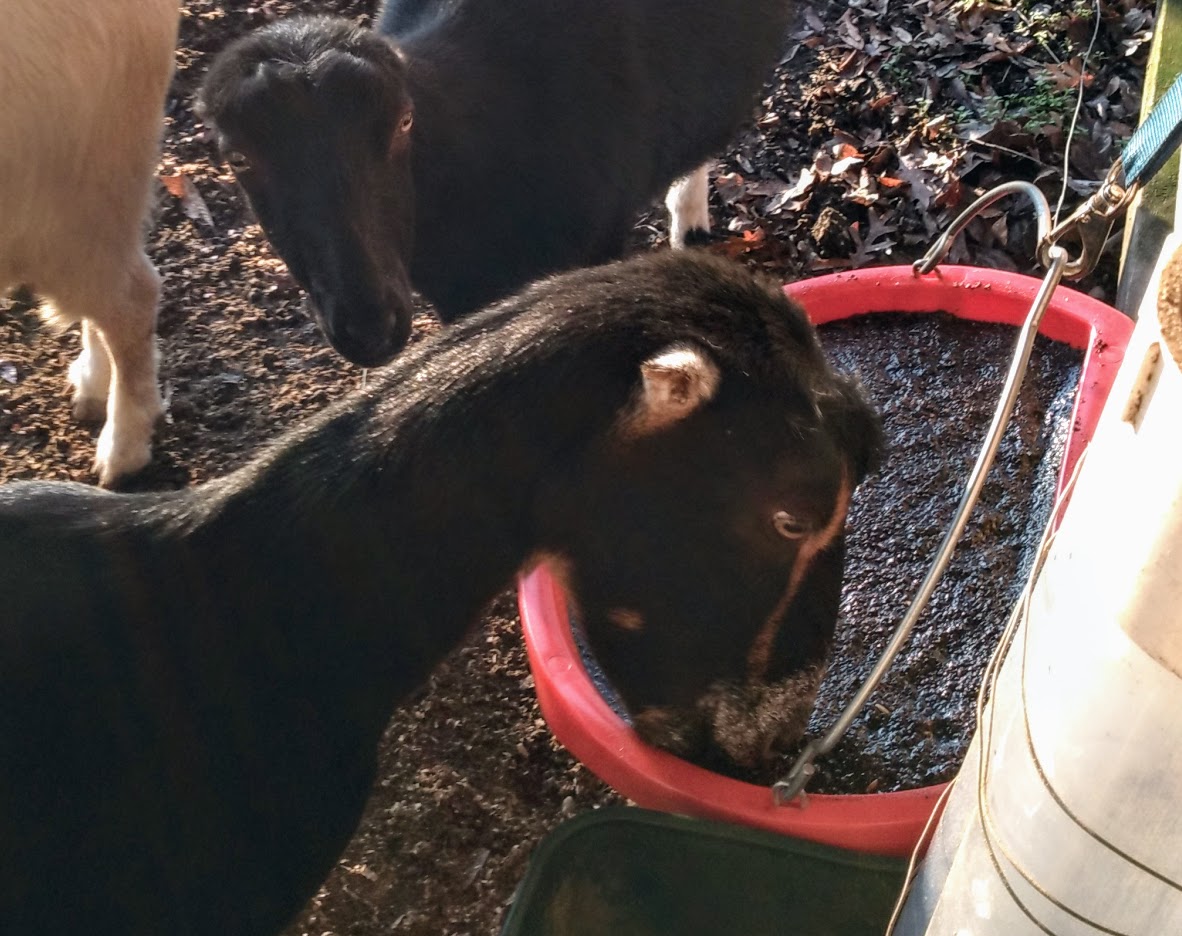We have had five does freshen with one more due to freshen on May 14th. With 7 bucklings and only 2 doelings born so far.
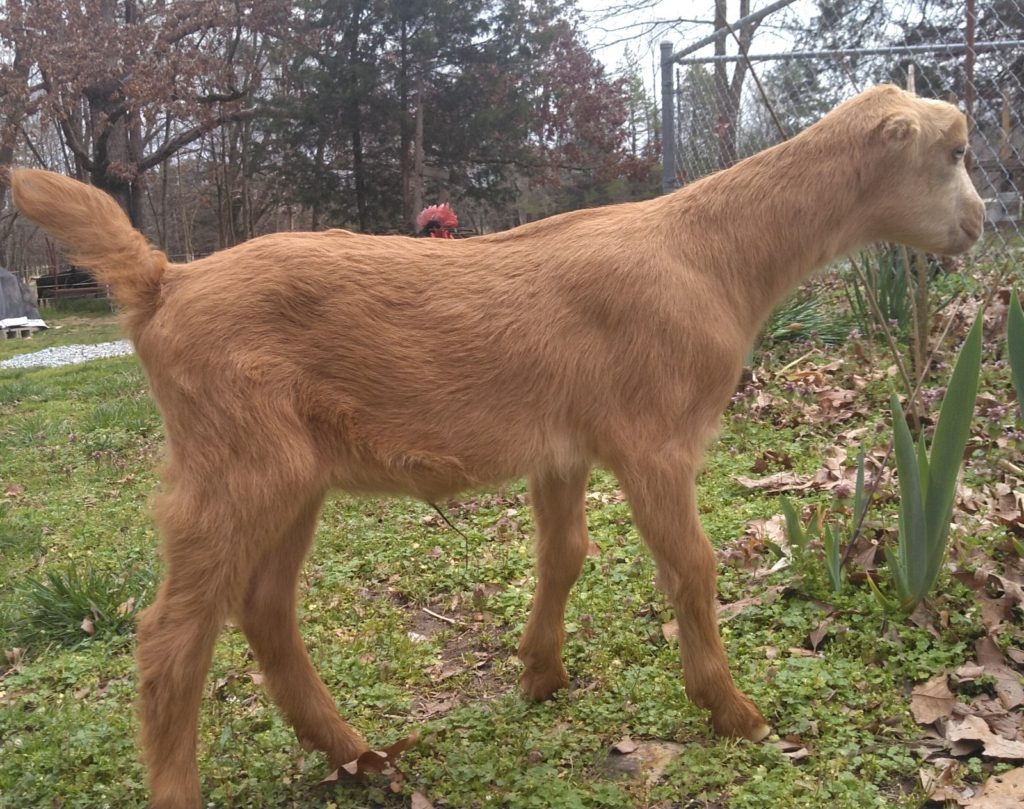
We have had five does freshen with one more due to freshen on May 14th. With 7 bucklings and only 2 doelings born so far.

With the does at their last 2-3 weeks of gestation, I am opening up small strips of pasture for them to graze on. This gives them fresh vitamins and extra calories! I will be sure to move them to another ‘strip’ after 5-6 days to help break the internal parasites life cycle. I’ve used electrical netting that is easy to move.
GREAT Article by PSU: Prevent Parasites Through Grazing Management

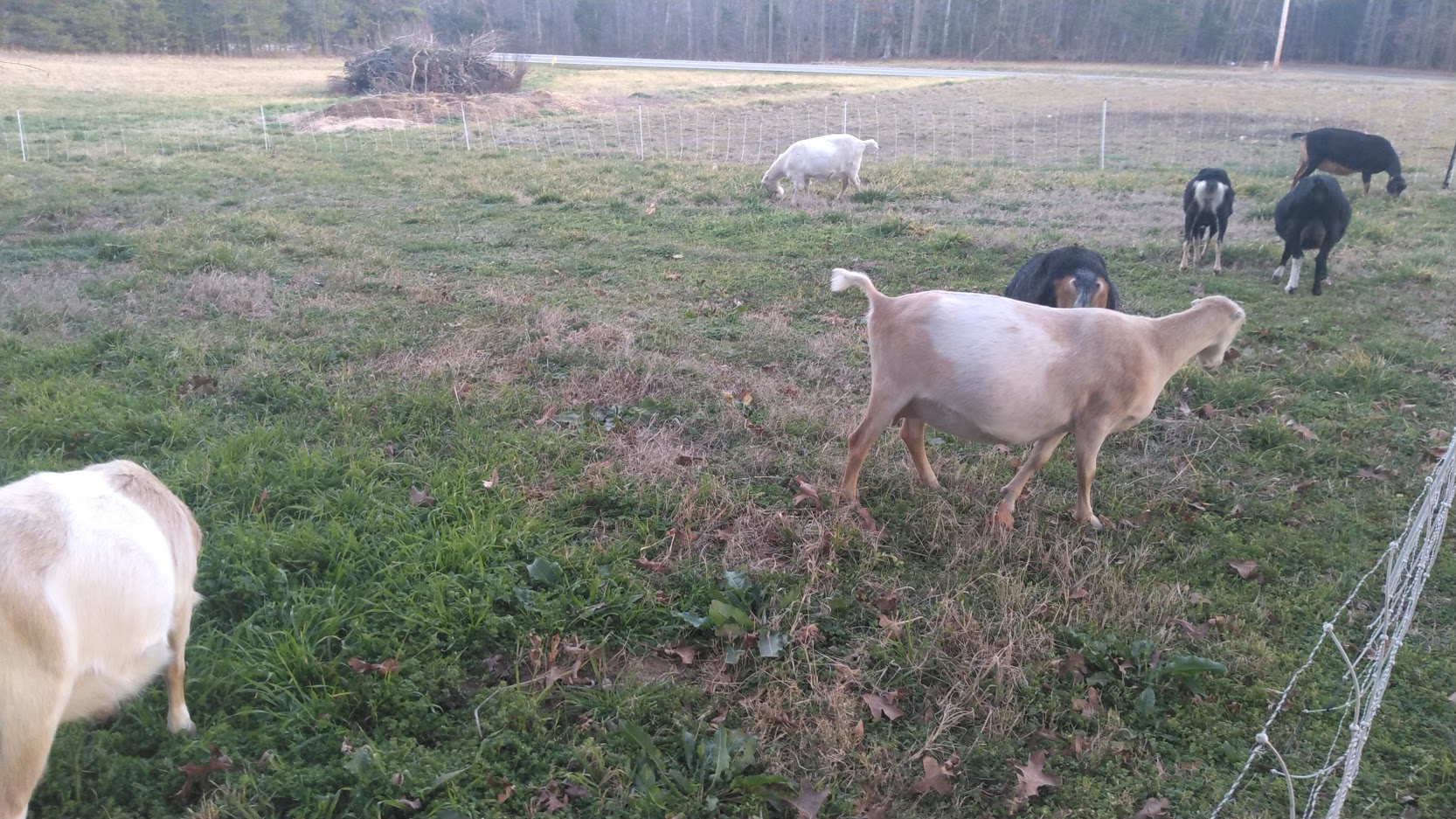
We have been researching varroa mite treatments over the years and decided to purchase an OAV (oxalic acid vaporizer) to add to our arsenal.
This device is made by John Oliver and you can gather more information at BeeSource Forum: https://www.beesource.com/forums/showthread.php?349751-Johno-s-Easy-Vap-Vaporizer
JohnO’s video: https://www.youtube.com/watch?v=Ets5cCtFsb4&feature=youtu.be
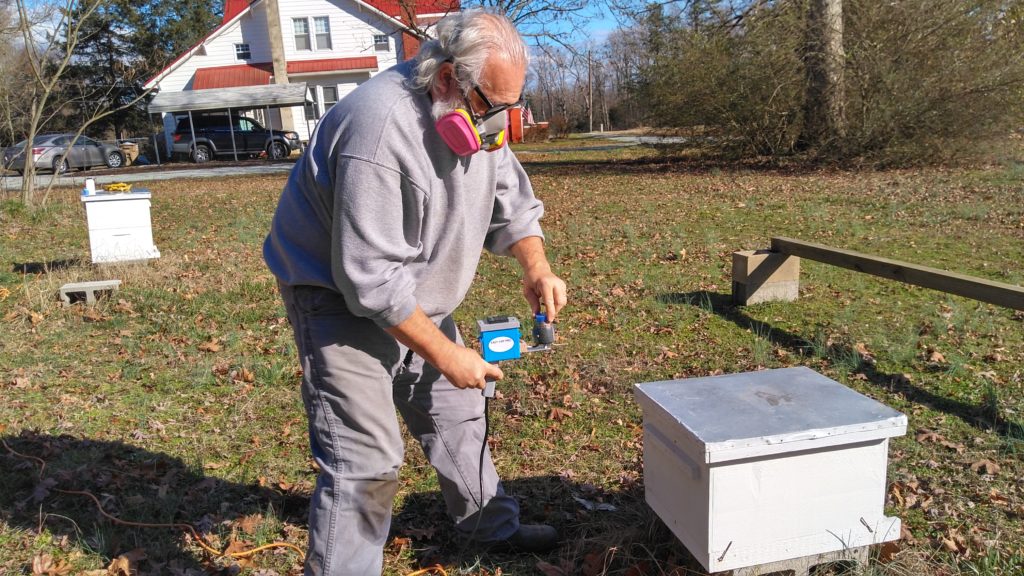
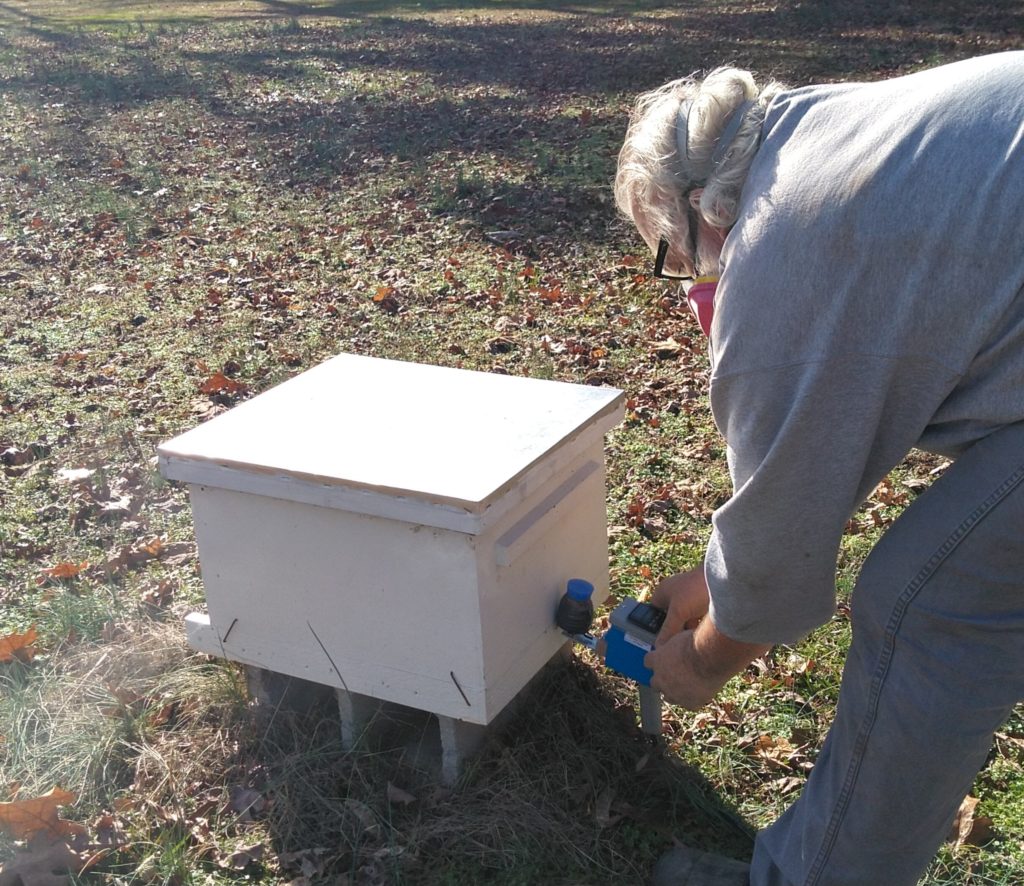
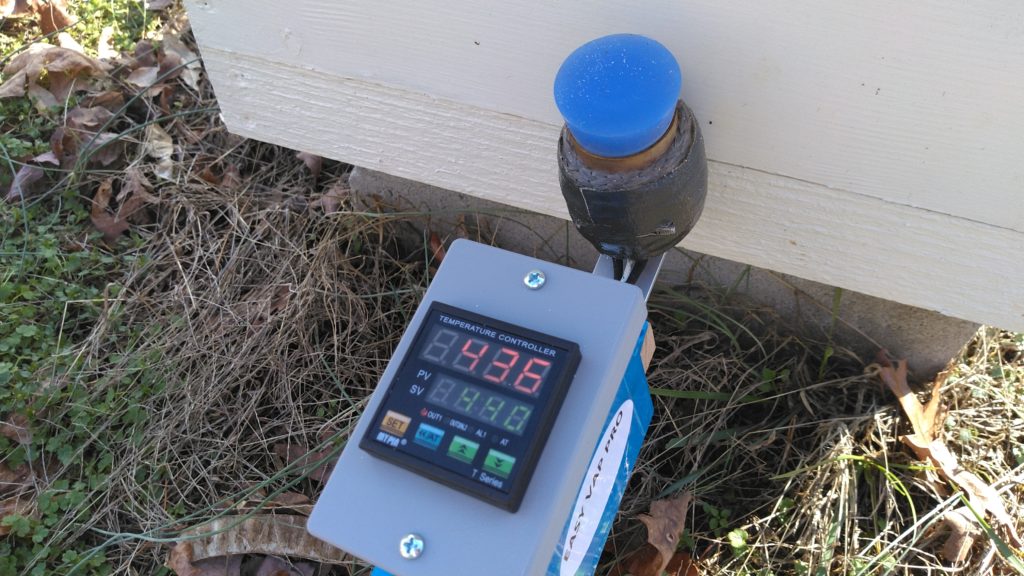
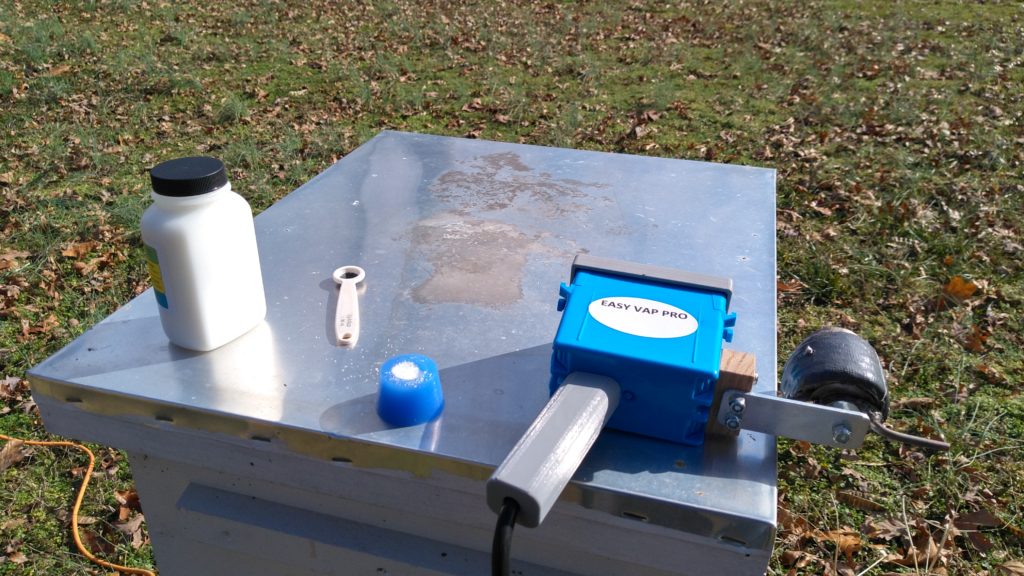
Knowing how much grain you’re feeding your animals is important but most people really do not know. Figuring this out is easy and all you need is your favorite ‘scoop’ or ‘cup’ and a scale. For our hogs, we simply use the large tin coffee cans that are 5 pounds filled with pellets. Easy enough. However, for our goats, we must be more careful so we use smaller and more accurate measurements.
For the goats we use a 1.5 cup, 2.0 cup and a 4.0 cup for measuring grain. Chinese soup containers are great for this. After taring each cup, we filled it up with our goat feed (Blue Seal Caprine Challenger).



We’re trying a new product this year! This product is to ensure our pregnant does have a constant rich energy supply during their last 8 weeks of gestation.
The Kent/Blue Seal product called EnergiLass is a hard molasses/protein/vitamin/mineral substance. It does NOT have added salt as an inhibitor so they can lick as much as they need. I just put it out a week ago and have noticed (watching the camera a lot) that, so far, only two of the goats are spending a lot of time licking it (Ashara & Tzuriel).
NOTE that we also feed grain twice daily (1.0 lb each) and they have orchard grass at night in each of their stalls and Sericea Lespedeza round-bale in the pasture during the day. They also have loose minerals, kelp, and copper sulfate free choice. We will slowly increase their grain ration during the last 4 weeks of gestation up to 2-3 lbs each depending on how large their baby belly grows (indicative of multiple kids). In the last 2-3 weeks of gestation, we will also be adding alfalfa pellets to their diet for additional calcium.


